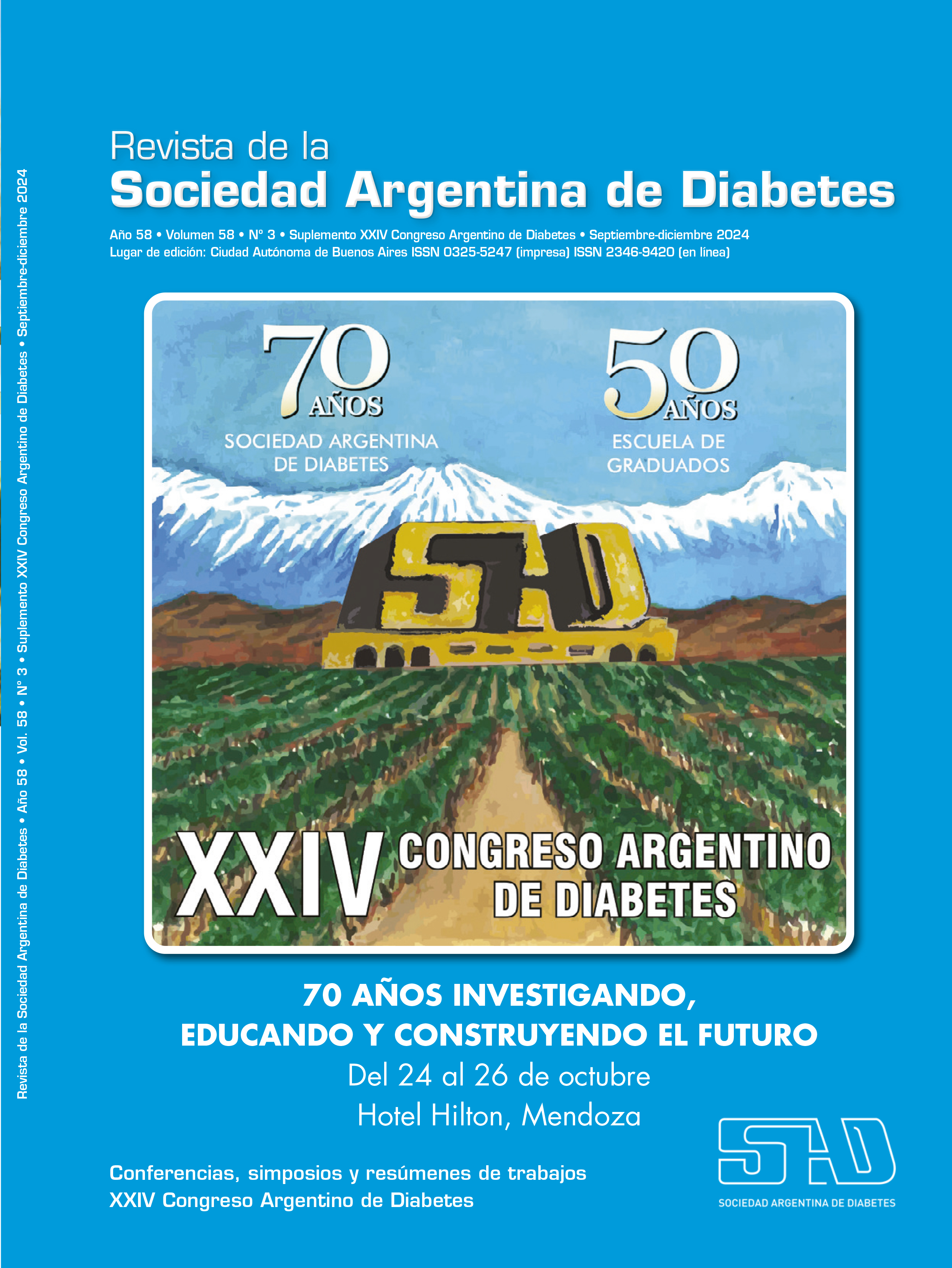Importance of women's health in Latin America (Perú)
Keywords:
women, health, PerúAbstract
Non-communicable chronic diseases (NCDs) represent the leading cause of mortality among women worldwide. Key reproductive milestones in a woman's life could be crucial points to improve her risk profile. One of them is pregnancy.
In Peru, gestational diabetes (GDM) is the most common medical disorder in pregnancy, with a hospital prevalence of 16% and a population prevalence of 14%, as a result of screening of nearly 5,000 pregnant women at the primary level( GEIDI program of WDF). Age, family history of diabetes, but especially BMI> 30 kg/m2, of 28% of the female population , are the main risk factors. All this within a context of NCD burden characterized by cardio-metabolic diseases among women of childbearing age.
GDM is associated with an increased risk of pregnancy complications, but also long-term complications for both mother and baby. Up to 31% of cases of type 2 diabetes in women who have had children have a history of GDM. Children born to women with GDM have an increased short-term risk not only of perinatal morbidity and mortality, but also of long-term complications such as type 2 diabetes, obesity, cardiovascular disease and neurodevelopmental disorders.
However, there is a serious inertia in the implementation of public health measures around these issues. Glucose tolerance tests are not being performed on pregnant women for the early diagnosis of GDM, and it is not being measured how many of these women receive adequate long-term care. The two main barriers to providing adequate care to these women are, firstly, human and infrastructure resources, and secondly, maternal care at the primary level.
In our country, the General Law for the Protection of People with Diabetes has recently been regulated, which includes DM1 and DM2 and gestational diabetes for the first time. This is a great opportunity to start prevention, promotion and early diagnosis activities for this pathology in the health care ecosystem. The risks of non-communicable diseases may seem too distant, but pregnancy can be the beginning of these diseases in the life of a woman with reproductive life expectancy.
References
I. Metzger B, Lowe L, Dyer A, Trimble E, Chaovarindr U, et al; HAPO Study Cooperative Group Research. Hyperglycemia and adverse pregnancy outcomes. New England Journal of Medicine 2008;358:1991-2002.
II. Larrabure-Torrealva GT, Martínez S, Luque-Fernández MA, Sánchez SE, Mascaro PA, Ingar H, et al. Prevalence and risk factors of gestational diabetes mellitus : findings from a universal screening feasibility program in Lima, Peru. BMC Pregnancy Childbirth. 2018;18: 303.
Downloads
Published
Issue
Section
License
Copyright (c) 2024 on behalf of the authors. Reproduction rights: Argentine Society of Diabetes

This work is licensed under a Creative Commons Attribution-NonCommercial-NoDerivatives 4.0 International License.
Dirección Nacional de Derecho de Autor, Exp. N° 5.333.129. Instituto Nacional de la Propiedad Industrial, Marca «Revista de la Sociedad Argentina de Diabetes - Asociación Civil» N° de concesión 2.605.405 y N° de disposición 1.404/13.
La Revista de la SAD está licenciada bajo Licencia Creative Commons Atribución – No Comercial – Sin Obra Derivada 4.0 Internacional.
Por otra parte, la Revista SAD permite que los autores mantengan los derechos de autor sin restricciones.




























